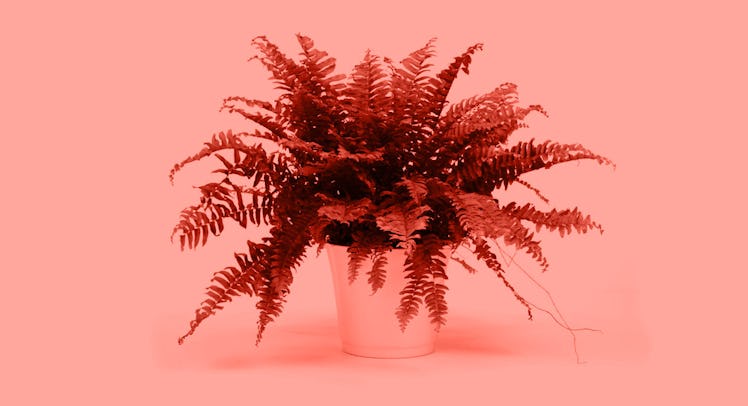Scientists Have No Idea What Plants Clean the Air in Your Home
Past recommendations were based on dated research and weak data, scientists argue.

Houseplants can help your kids grow up breathing in clean air, a new study confirms. Unfortunately, prior studies have skirted the question of which forms of greenery work best, so we’re still stuck purchasing whatever looks nice and happens to not be toxic for the family cat.
“Plants represent an underexploited solution to enhance indoor air quality,” coauthor on the study Federico Brilli, an ecophysiologist at National Research Council of Italy’s Institute for Sustainable Plant Protection, told Fatherly. Brilli noted that, while houseplants cannot fully replace modernized heating, cooling, and ventilation systems, they represent a key way to save in the long run. “If integrated with smart sensors networks and other air cleaning computerized technologies, plants can save energy by enhancing air quality in a cost-effective and sustainable way.”
Toxic chemicals are constantly being released from furniture, fabrics, paints, varnishes, waxes, carpets, solvents, cleaning supplies, copiers, printers, gas stoves, and more, Brilli and colleagues write. Past research shows that babies and young children who crawl on the floor are particularly affected by these pollutants, because of their proximity to contaminants that settle near the ground. And while it’s true that some bacteria on the floor can have protective effects, kids’ developing respiratory systems seem to be especially vulnerable to the effects of air pollution.
The hodgepodge of life and chemicals in your carpet “can contribute to the removal of airborne pollutants,” Brilli says. “But could also have some negative effects on human health.”
House plants certainly can help, Brilli and colleagues demonstrate. Unfortunately, they cannot recommend any specific plants, because there is not enough information out there. And there is essentially nothing in the literature describing how plants work in conjunction with modern ventilation systems. Brilli calls for additional studies to fill this glaring gap. “A deep understanding of the physiology of plants living indoors will make them not only a decorative tool,” he says. “But a functional element of design able to contribute to clean indoor air in a sustainable way.”
This article was originally published on